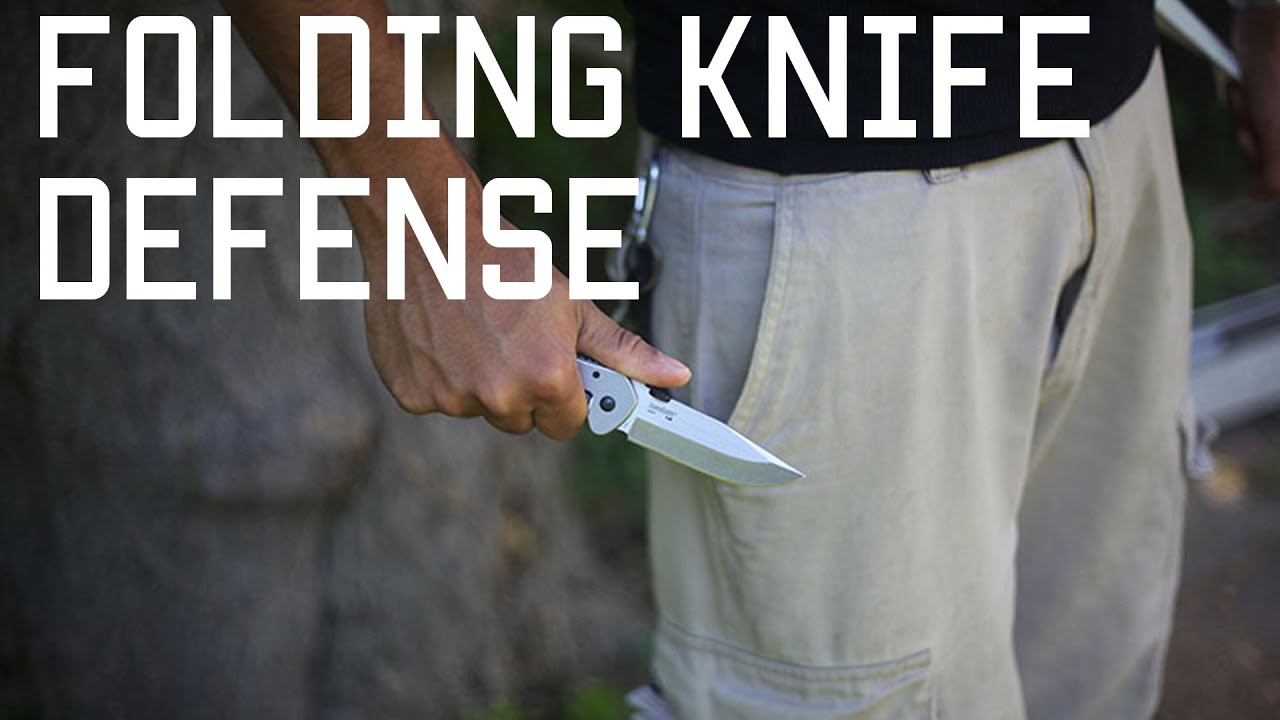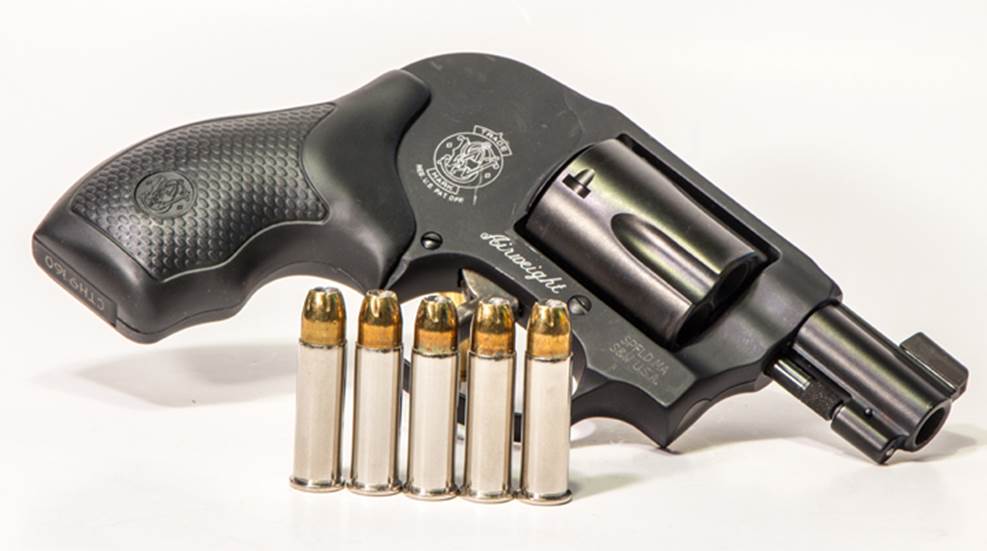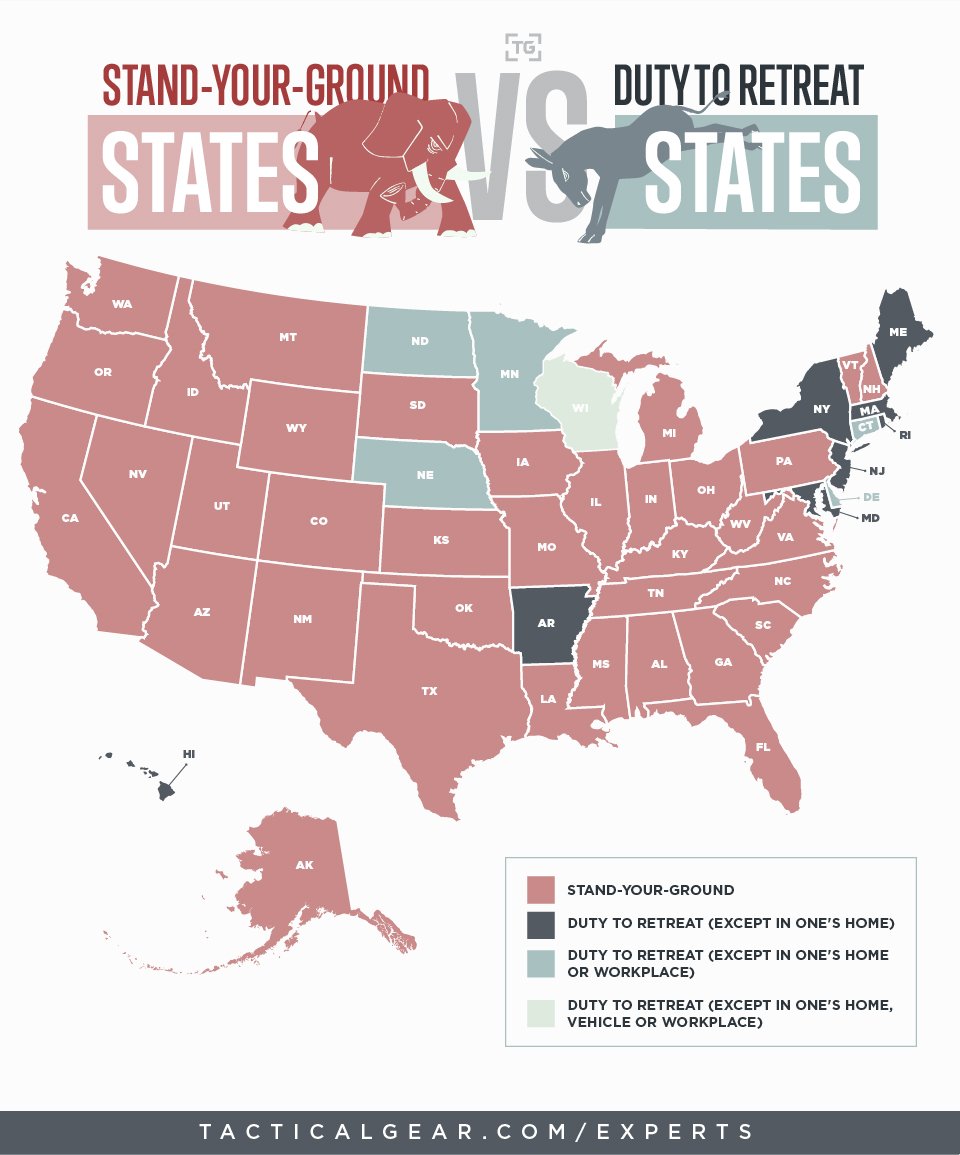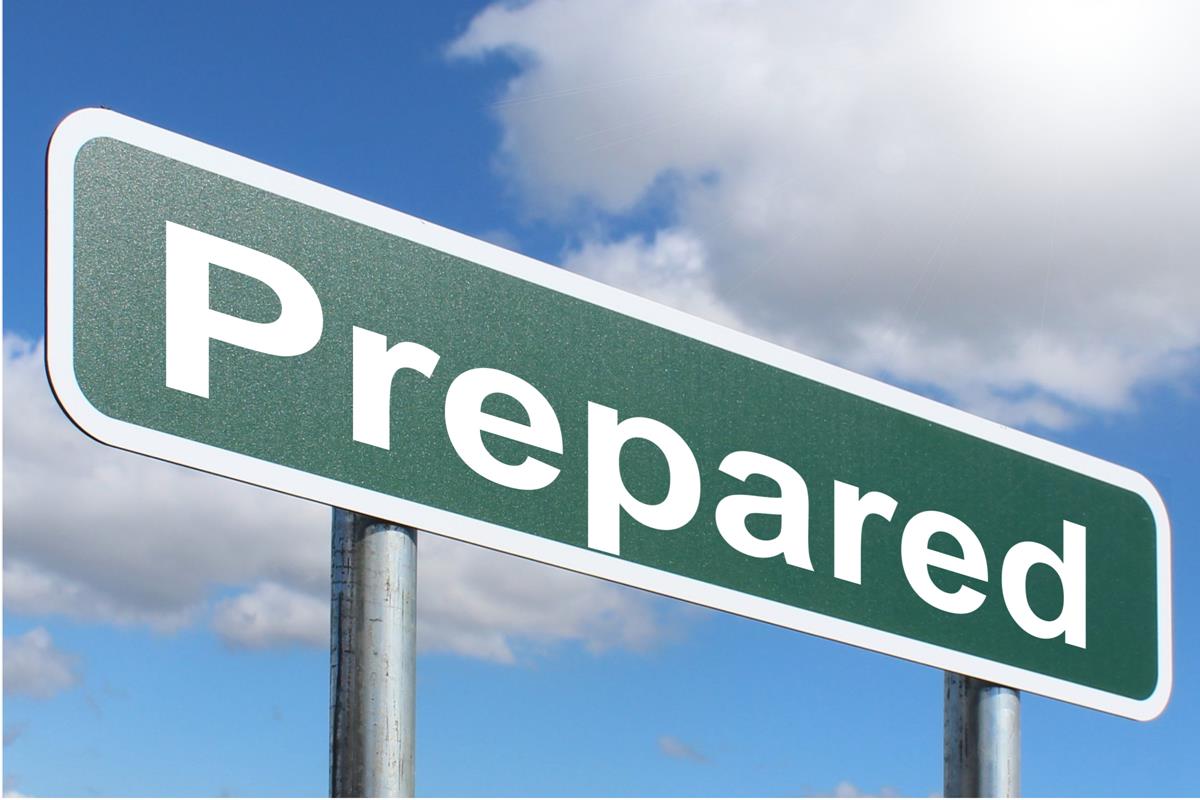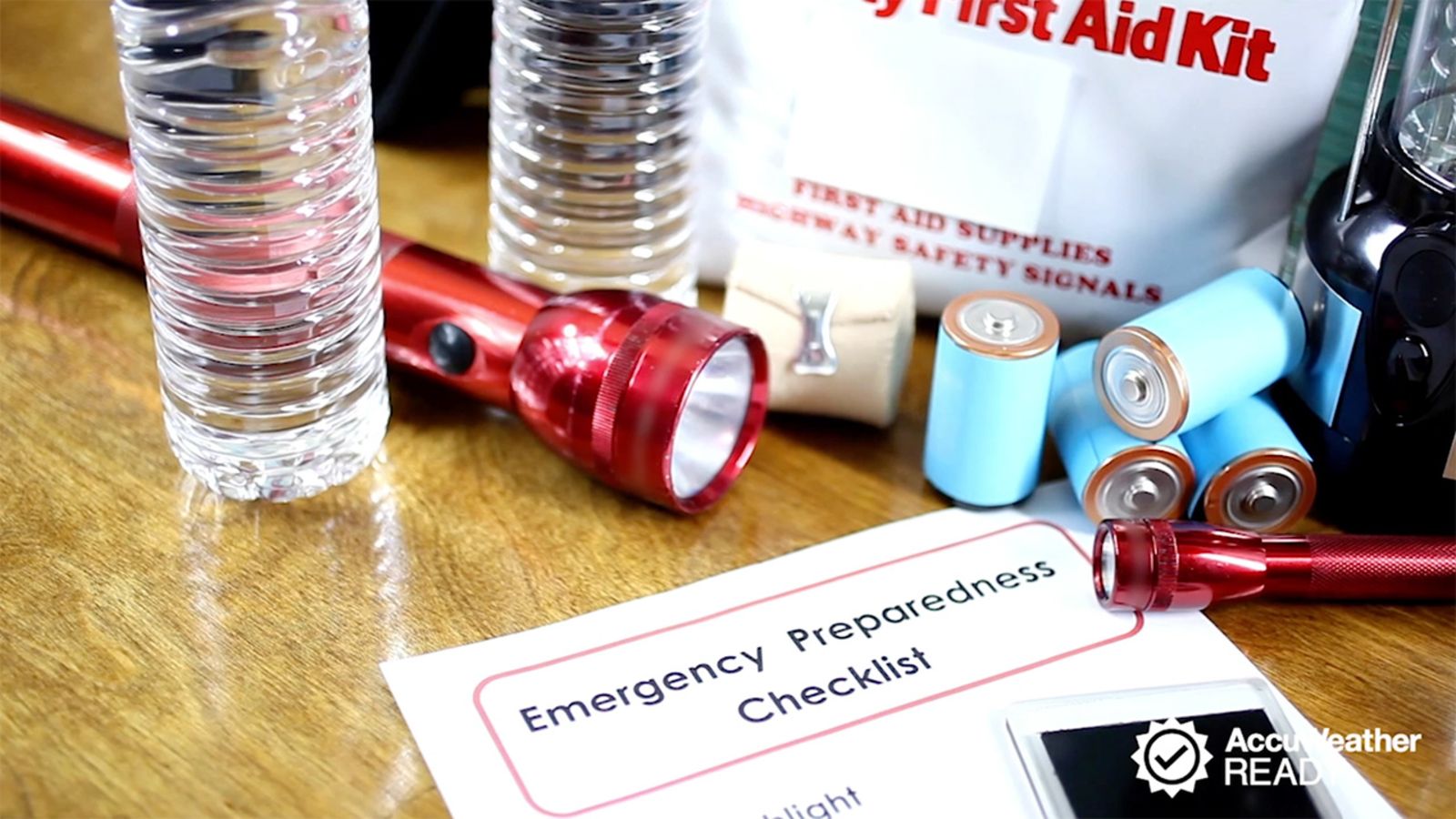How to Make Your Own Survival Food Kit

In times of emergency, having a food supply that will last for a prolonged period is essential. Creating your own survival food kit can ensure you and your loved ones have access to nutritious and sustaining food when regular resources may be limited or unavailable.
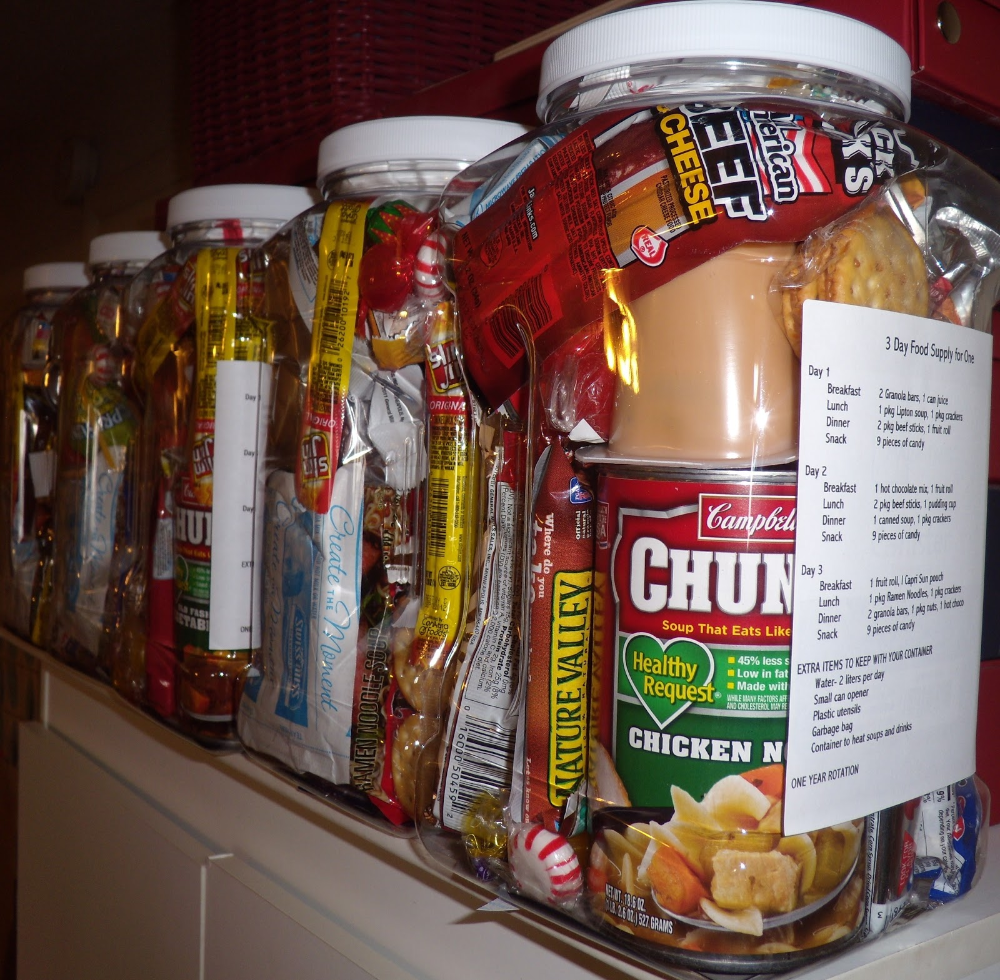
Basic Considerations
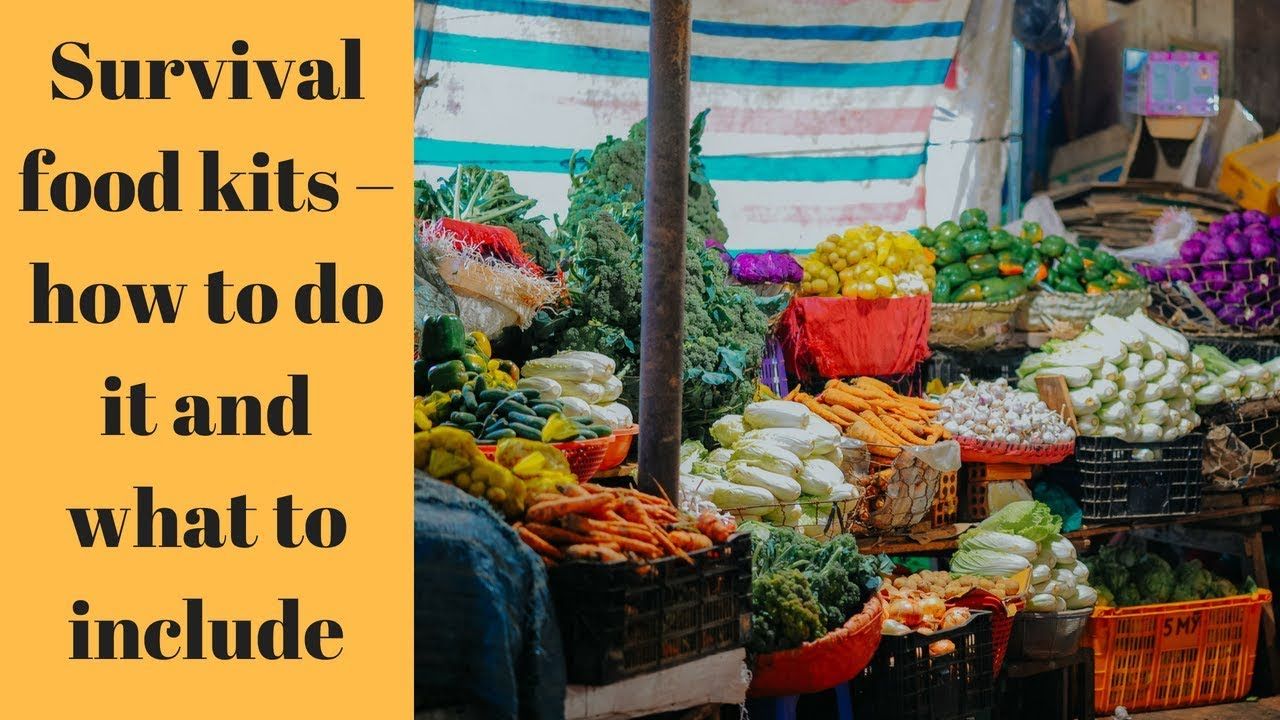
- When selecting food items for your survival kit, consider factors such as:
- Shelf life: Choose foods with a long shelf life (typically over a year) to minimize spoilage.
- Caloric content: Ensure the foods you choose provide sufficient calories and energy.
- Variety: Include a mix of food items to provide a balanced diet.
- Portability: Choose foods that are lightweight and easy to transport if you need to relocate quickly.
Recommended Food Items
- Dehydrated foods: Dehydrated fruits, vegetables, and meats are lightweight, have a long shelf life, and can be rehydrated in water when needed.
- Canned foods: Canned goods provide a convenient and versatile food option with a long shelf life. Look for canned foods that are packed in water, not salt or sugar.
- Protein bars: High-calorie protein bars are an excellent source of energy and protein. Choose those with a long shelf life and no perishable ingredients.
- Freeze-dried foods: Freeze-dried meals often have extended shelf lives and offer a quick and easy way to consume a hot meal with minimal cleanup.
- Trail mix: Nuts, seeds, and dried fruits can provide a quick and healthy boost of energy.
- Powdered milk and eggs: Powdered milk and eggs provide essential nutrients and can be used in various recipes.
- Food bars: These low-moisture, high-calorie food bars are packed with nutrients and have a long shelf life.
- Honey and syrups: High-sugar items like honey and maple syrup provide a quick source of energy and can also be used as sweeteners in recipes.
Additional Considerations
- Packaging: When packing your food items, use airtight, moisture-proof containers to prevent spoilage.
- Hydration: Keep a clean, refillable water bottle or a water purification system in your kit.
- Cooking: If possible, include a portable stove or heating element to heat food or boil water.
- First aid: Pack a basic first aid kit to treat minor injuries.
- Utensils: Include a few utensils such as a knife, spoon, and cup to make eating and preparation more comfortable.
- Storage: Store your survival food kit in a cool, dry place away from direct sunlight. Regularly rotate the food items to prevent spoilage.
A well-prepared survival food kit can provide peace of mind knowing you have a dependable food source during challenging times. Remember to periodically check and update your kit to ensure it is stocked with tasty and nourishing food items that align with your dietary preferences and needs.

